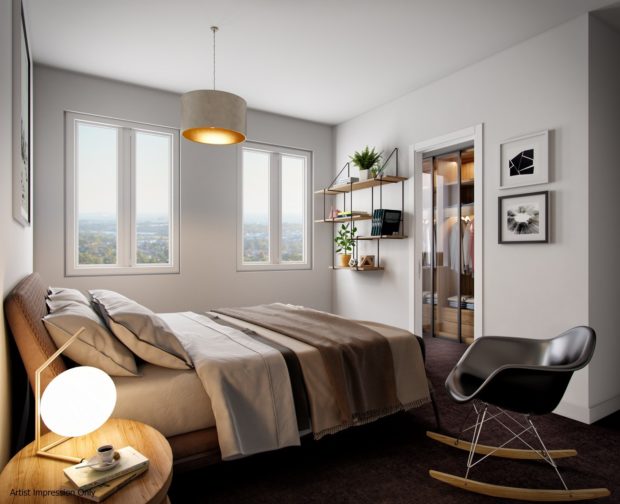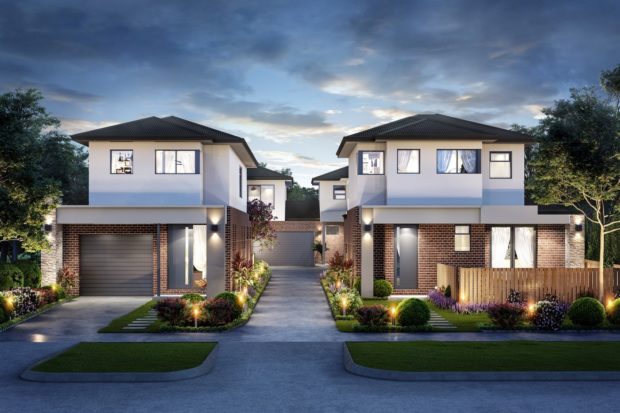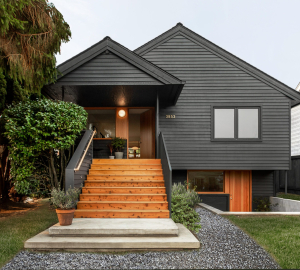Architectural rendering, also known as architectural illustration or visualization, is the umbrella term for the process of using images to illustrate and demonstrate the attributes of a proposed architectural design. While in the past these were most commonly hand-drawn illustrations or watercolor paintings, most architects and firms will use 3D computer generated images as part of their renders.
What Is It?
So, what exactly is architectural rendering? It is a precise art, which involves creating two-dimensional images to show off the attributes of a potential architectural design. 3D architectural rendering is also possible. When three-dimensional modeling programs are used to produce 3D rendering images, those images are often referred to as Computer Generated Renderings. Architectural rendering is the process of turning your idea into an architectural rendering or presentation.

Benefits of Architectural Renderings
To start with, 3D renders display the development clearly and concisely, showing how they will relate to surrounding buildings and also giving the client a chance to see the design from inside and out through a ‘virtual tour’. Secondly, computer generation negates the need to create expensive physical models and mock ups. Also, the designer can very quickly make adjustments or new configurations based on the client’s feedback, and they can make an amended design before the client leaves the office. The benefits of architectural renderings truly go well beyond this.
By creating a rendering of the property, it will be possible to see the finished product well in advance. This can help to ensure that everything is absolutely perfect. If anything needs to be changed, it can be changed right away. This would be impossible after the building was raised. Therefore, architectural renderings can help you avoid a headache, while also allowing you to save time and money.
Why should you use 3D Architectural Rendering?
Whether you’re a client, and architect, a shareholder, a potential investor or a marketer, these visualizations are incredibly beneficial to everyone involved. The client can easily get a realistic idea of the development in all its dimensions. The architect can bring their blueprints to life and easily make adjustments in consultation with the client. Shareholders and investors can be confident that designs are both functional and artistically pleasing long before the bricks and mortar hit the ground and marketers have an incredible promotional tool. With so many pros and almost no cons we can think of, anyone can see why this process has become an indispensable part of the industry.
3D architectural rendering should become a staple of modern industry. They can help to identify problems as early as possible. They can also be used to help seal the deal. If you want to look professional in the eyes of your clients, it is pertinent to use 3D renderings in your line of work!
What Can 3D Architectural Rendering Achieve?
When it comes down to it, there is a great deal that can be achieved with architectural rendering. Some methods can produce basic, flat images with limited shadows. With the right 3D software, you’ll be able to take it much further and create in-depth renderings of the proposed project. However, it may be a bit unethical if you don’t note they are CGI to your buyers. With 3D architectural rendering, it is possible to create 3D walk-through videos, virtual tours, photorealistic images, and even floor plans. The possibilities are really endless. While 3D rendering is incredibly popular in the real estate industry, it can be used elsewhere too.
How Is An Architectural Rendering Made?
In the past, it was only possible to produce architectural renderings by hand. This was incredibly complex and time consuming. In fact, it would take an artist many, many days to complete a single rendering. Thanks to the advancements in computer technology, it is now possible to produce a rendering in a matter of minutes. Even novices can create basic renderings using 3D rendering software. These programs make it possible for the user to visualize their project in a three-dimensional format.
Creating a 3D rendering using a computer is faster and less complicated than doing it by hand. However, you should not be fooled into believing it is simple. It still requires experience and skills to pull it off successfully.




